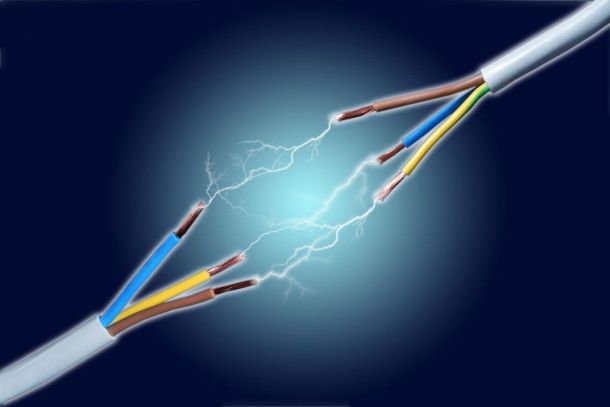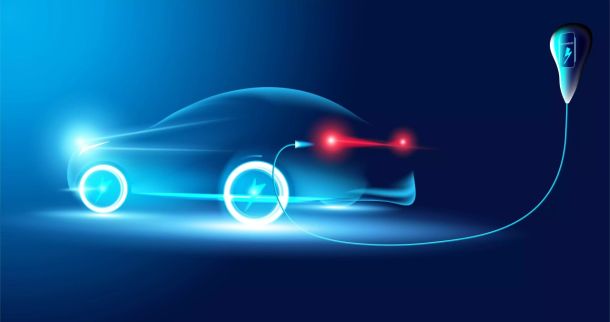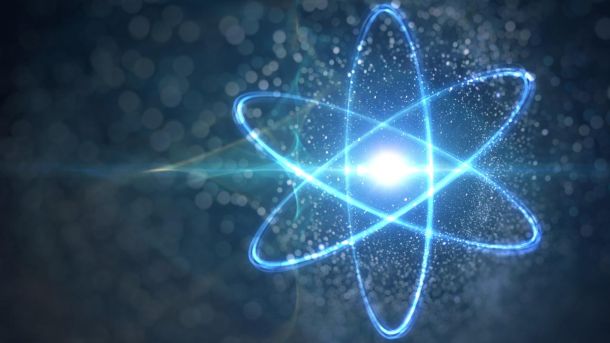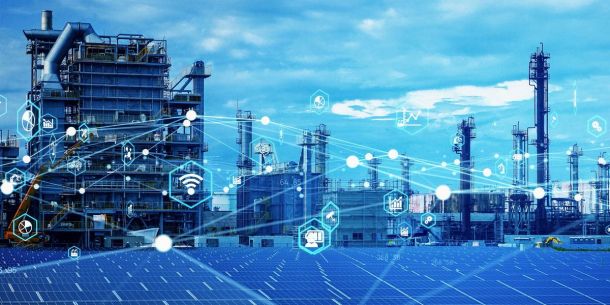INCONCRETO NEWS
Green hydrogen energy: powering the future through sustainability – Part I
“Water is the coal of the future.” That’s how French author Jules Verne summed it up nearly 150 years ago. “The elements hydrogen and oxygen, decomposed by electric current, will in the future supply the Earth’s energy,” he went on to say.
Is Verne right? Is hydrogen really becoming the ‘silver bullet’ to advance the decarbonization of the Earth? Or is it merely a ‘hype train’, as Forbes put it? One thing is certain: hydrogen alone will not stop climate change.
Hydrogen production
Although abundant on earth as an element, hydrogen is almost always found as part of another compound, such as water (H2O) or methane (CH4), and it must be separated into pure hydrogen (H2) for fuel cell use. Hydrogen fuel combines with oxygen from the air through a fuel cell, creating electricity and water through an electrochemical process. It is possible to produce hydrogen from a wide variety of domestic sources. Currently, most hydrogen is produced from fossil fuels, specifically natural gas. Electricity—from the grid or from renewable sources such as wind, solar, geothermal, or biomass—is also currently used to generate hydrogen. In the longer term, solar energy and biomass can be used directly to generate hydrogen.
These are the most common ways to produce hydrogen:
- Natural Gas and Other Fossil Fuels / Gasification
Fossil fuels can be reformed to release the hydrogen from their hydrocarbon molecules and are the source of most of the hydrogen. Combining these processes with carbon capture, utilization, and storage will reduce the carbon dioxide emissions. Natural gas reforming is an advanced and mature hydrogen production process that builds upon the existing natural gas infrastructure. Today 95% of the hydrogen produced in the United States is made by natural gas reforming in large central plants. This is an important pathway for near-term hydrogen production.
- Renewable and Grid Electricity / Electrolysis
An electric current splits water into hydrogen and oxygen. If the electricity is produced by renewable sources, such as solar or wind, the resulting hydrogen will be considered renewable as well, and has numerous emissions benefits. Power-to-hydrogen projects are taking off, using excess renewable electricity, when available, to make hydrogen through electrolysis.- Solar
Sunlight can directly or indirectly provide the energy to produce hydrogen. This resource is abundant, but it is diffuse and only available for a portion of the day. - Wind
Wind is an abundant but variable resource for generating electricity. Wind-generated electricity can power water electrolysis to produce hydrogen, which could be used to fuel vehicles, or stored and then used in fuel cells to generate electricity during times of the day when the wind resource is low.
- Solar
- Fermentation / Biomass
Biomass is converted into sugar-rich feedstocks that can be fermented to produce hydrogen.
It is an abundant renewable resource that can be produced domestically, and it can be converted to hydrogen and other by-products through several methods. Because growing biomass removes carbon dioxide from the atmosphere, the net carbon emissions of these methods can be low.

Green Hydrogen: net zero emissions
Net zero emissions has become a top priority in recent years for an increasing number of countries. As of April 2022, 131 countries covering 88% of global greenhouse gas emissions had announced net zero targets by 2050. Net zero is generally understood as being essential to limiting the temperature rise to 1.5°C or less. As a result of this renewed focus, emissions from all energy end-uses need to be mitigated. Even though energy efficiency, electrification, and renewables can achieve 70% of the mitigation required, hydrogen will be needed to decarbonize end uses where other options are less mature or more costly, such as heavy industry, long-haul transport, and seasonal energy storage.
As an enabler of the global transition to sustainable energy, green hydrogen produced from clean electricity plays a vital role in achieving net-zero emissions economies. Yet, in comparison to other fossil fuel alternatives, it is more costly and has a limited range of industrial applications. In spite of this, the global hydrogen market continues to grow and for good reason. As an energy carrier (not an energy source), hydrogen will play an increasingly significant role in transporting energy from one place to another. Also, renewable energy sources such as wind can be converted into hydrogen or other molecules and transported to areas where it is needed competitively.
In today’s world, hydrogen is a commercially available product – it is used as a fuel in the chemical industry, as a feedstock in refineries, and to produce heat and power. Around 75 MtH2/yr is produced as pure hydrogen and 45 MtH2/yr as mixtures of gases. This amount is equivalent to 3% of the world’s final energy demand, and as a comparison, corresponds to the energy consumption of Germany.
Hydrogen is a versatile energy carrier. Multiple feedstocks can be used to produce it, and it can be used in virtually every application. Through electrolysis, renewable electricity can be converted into hydrogen, which can supply all the end uses that are more difficult to electrify with continuously increasing renewable energy. The coupling also allows electrolysers to complement alternative technologies such as batteries, demand response, and vehicle-to-grid in smart electrification.
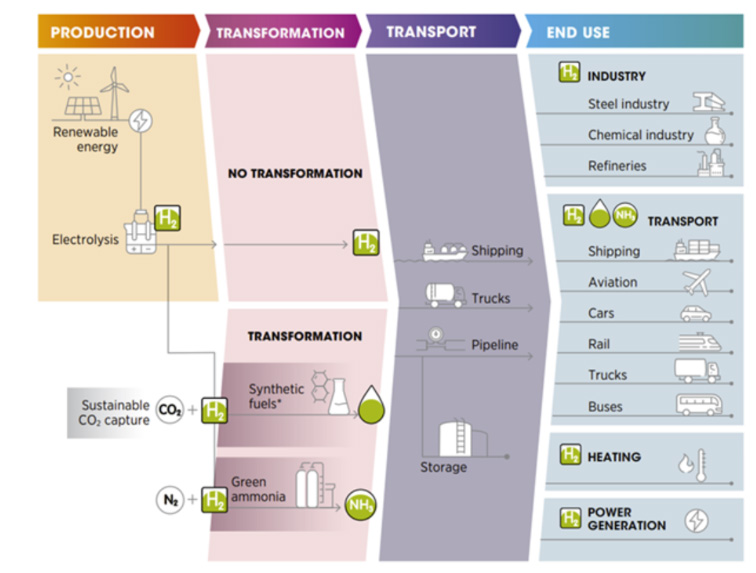
(Source: IRENA International Renewable Energy Agency)
INCONCRET
INCONCRETO, as an international consultancy, can provide expertise in capital project optimization in the energy sector.
Connect with our team!
We combine technical expertise with large program execution practices, improving predictable outcomes and steering profitability on Capex/Opex project investments.
For further readings, you may consult these sources:
https://www.weforum.org/agenda/2022/01/hydrogen-energy-transition-climate-change/
https://www.irena.org/Energy-Transition/Technology/Hydrogen/Electrolyser-costs
https://www.energy.gov/eere/fuelcells/hydrogen-resources#:~:text=Hydrogen%20can%20be%20produced%20from,currently%20used%20to%20produce%20hydrogen.
https://www.forbes.com/sites/mitsubishiheavyindustries/2021/11/23/the-hydrogen-hype-is-justified–heres-why/?sh=186c72eb4282
Newsletter
© INCONCRETO. All rights reserved. Powered by AYM









